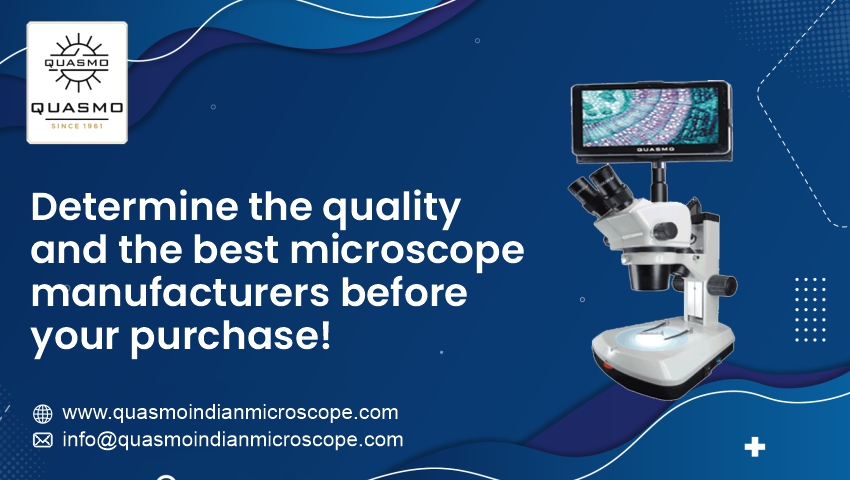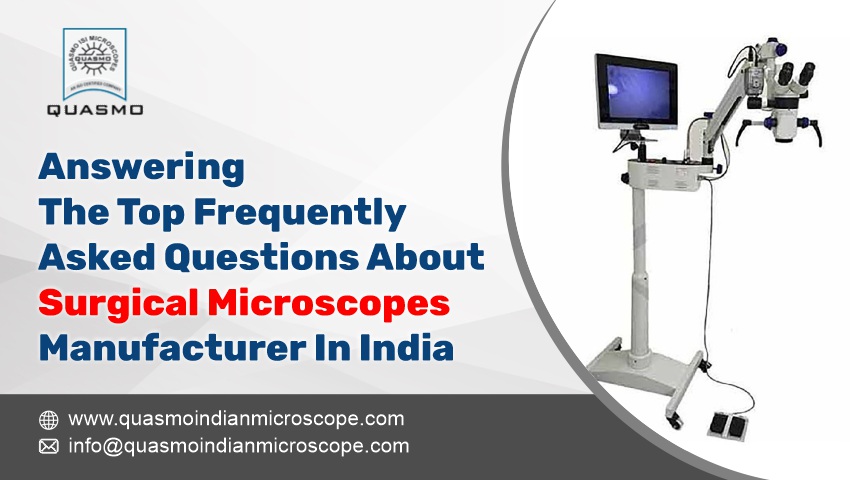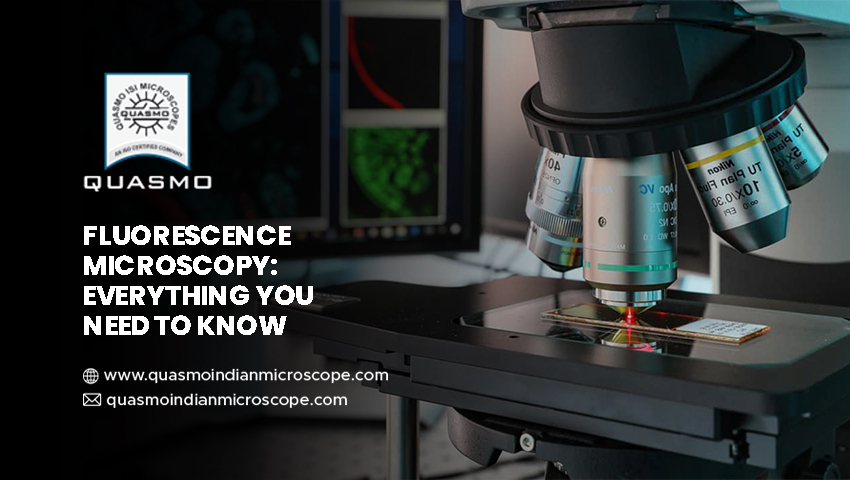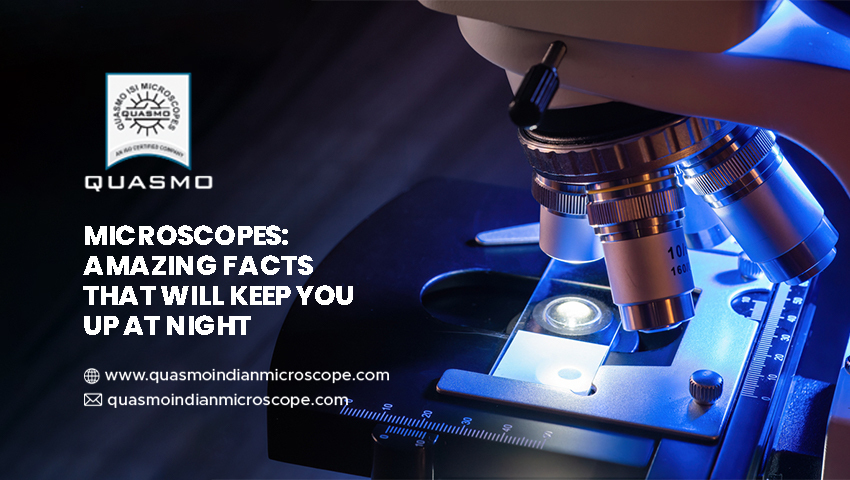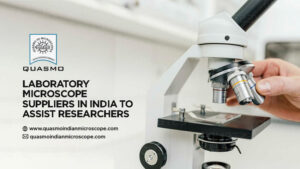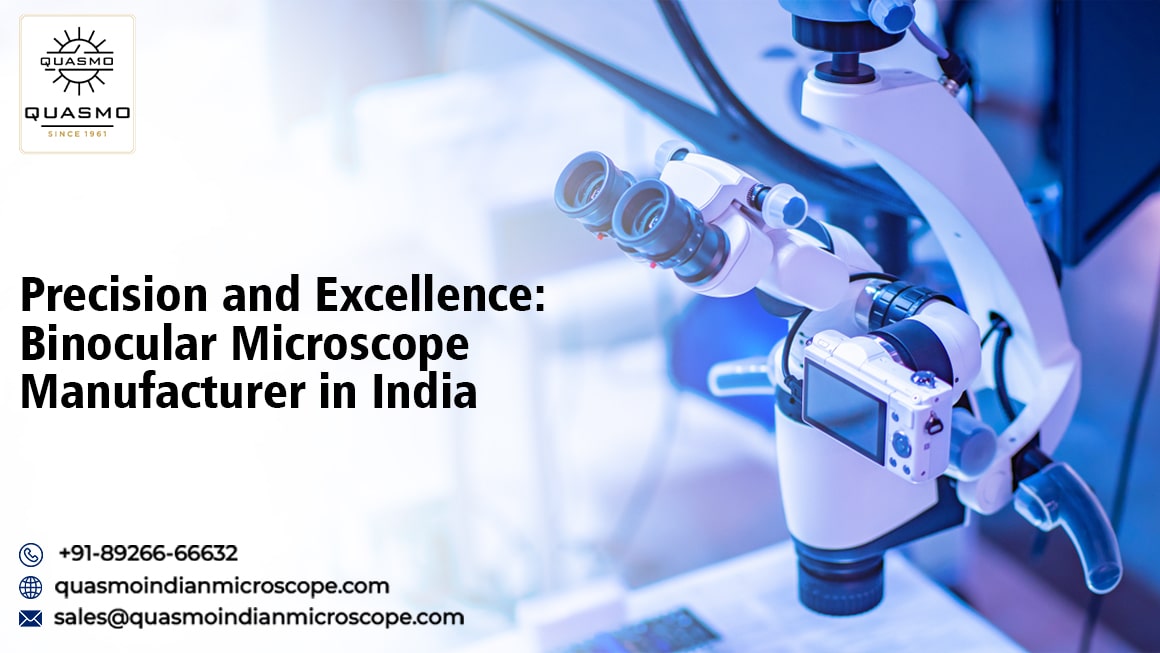
As the demand for precision instruments in the fields of scientific research and medical diagnostics continues to rise, the role of Binocular Microscope Manufacturers in India becomes increasingly significant. They are advancing the nation’s scientific and medical capabilities. With a commitment to quality, cutting-edge technology, and a dedication to meeting the needs of researchers and healthcare professionals, this binocular microscope manufacturer is at the forefront of optical instrument production.
The Importance of Binocular Microscopes in Scientific Advancements
Binocular microscopes are like super eyes for scientists and researchers. They help us see tiny things that are hidden from our regular eyes. These microscopes are like secret weapons in the world of science. They play a big role in finding cures for diseases, studying cells, and even understanding tiny creatures. Without them, many scientific discoveries would be impossible. So, binocular microscopes are like a superhero’s tool, helping us unlock the secrets of the small world.
Applications
• Exploring Tiny Worlds: Binocular microscopes help scientists and doctors see really small things, like cells and tiny bugs, up close.
• Medical Diagnosis: They’re used to identify diseases and check blood samples for problems, helping in healthcare.
• Research: Scientists use them to study plants, animals, and all sorts of materials for discoveries.
• Quality Control: Industries use binocular microscopes to make sure their products are just right, like checking tiny computer chips for errors.
• Education: They’re great for teaching students about the wonders of the microworld.
Choosing the Right Binocular Microscope Manufacturer in India
Selecting the perfect Binocular Microscope Manufacturer in India is a crucial decision. It’s important to look for a company that offers reliable products and good service. Check for their reputation and customer reviews to ensure they’re trustworthy. Also, consider your specific needs—whether it’s for medical research, education, or industry—and choose a manufacturer with a history of producing quality microscopes for your intended use. This careful choice will ensure you get the best tool for your scientific or professional needs.
Manufacturing Process at the top Binocular Microscope Manufacturer in India
• Precision Craftsmanship: Binocular microscope manufacturing demands a high level of precision, from lens polishing to assembly.
• Quality Materials: Top manufacturers use high-quality materials to ensure clarity and durability in their products.
• Optical Expertise: Skilled technicians and engineers play a vital role in designing and crafting lenses, ensuring clear and sharp images.
• Rigorous Testing: Stringent quality control tests are conducted to guarantee optimal performance and reliability.
• Continuous Innovation: Leading manufacturers invest in research and development to stay at the forefront of microscopy technology, driving scientific advancements.
Conclusion
Quality Scientific & Mechanical Works (QUASMO) emerges as the standout leader in binocular microscope manufacturing in India. Our commitment to precision craftsmanship, the use of top-grade materials, and a team of optical experts ensure the creation of high-quality microscopes. Rigorous testing procedures guarantee reliability and clarity. Moreover, our dedication to continuous innovation contributes significantly to scientific progress. Therefore, for anyone seeking excellence in binocular microscopes, Quasmo stands as the trusted choice, embodying quality and reliability in this specialized field.

